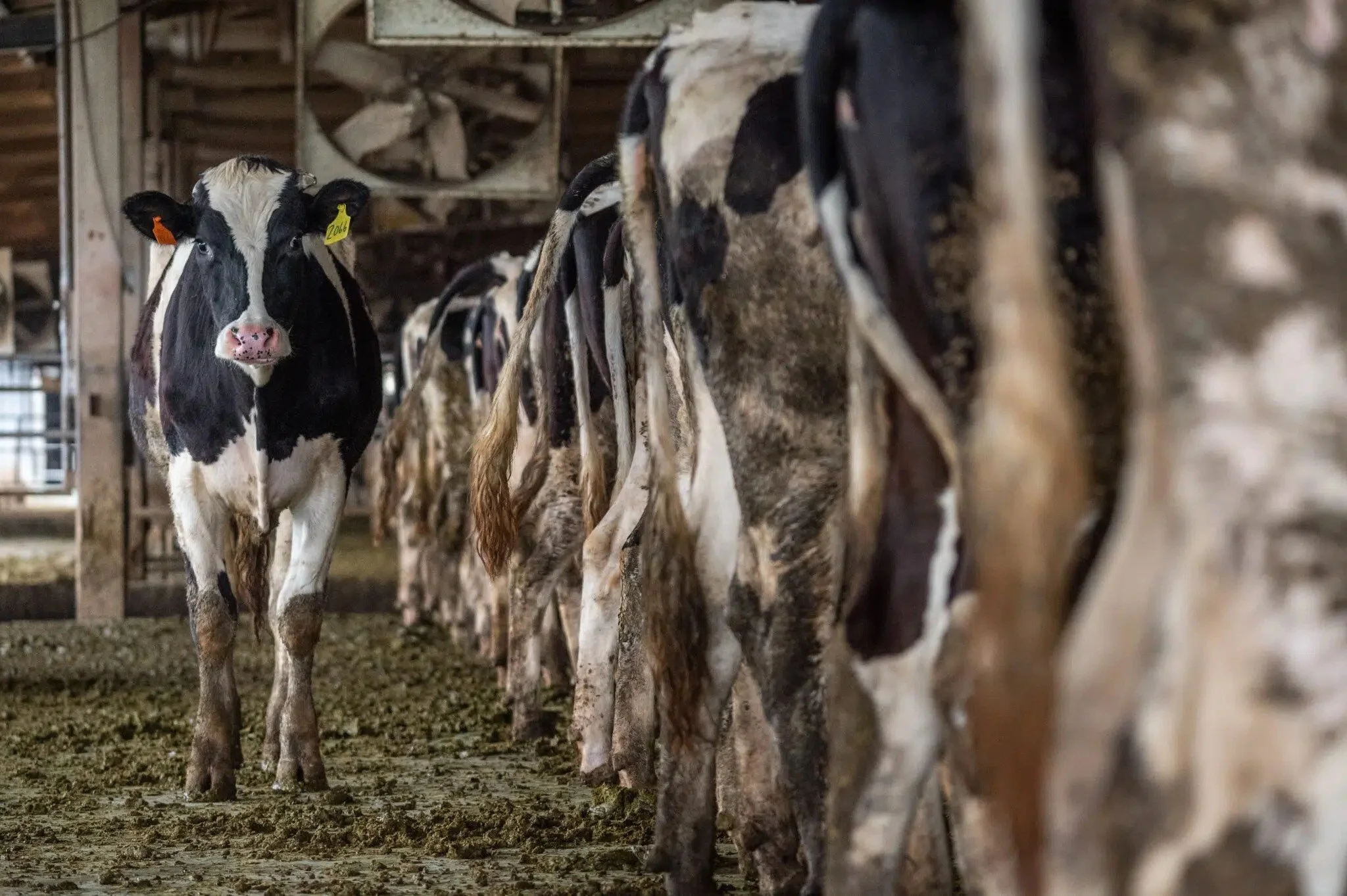Ammonia in the Environment
Green ammonia may be the clean fuel of the future, made from nothing but sunshine, air and water. But that doesn’t make it beneficial if allowed to escape into the environment. Ammonia, together with nitrate, nitrite, N2O, NO, NO2 and other oxides of nitrogen, are already serious pollutants across Europe and other developed regions. This is because they are released in nitrogen fertiliser runoff, animal manures and slurries, human wastes, and the combustion of fossil fuels - whether in vehicles, boilers or power stations. The last thing we want is fror Green ammonia fuel to add to the existing burden of nitrogen pollution!
Environmental Safety
It’s fortunate that ammonia, while acutely toxic, disperses quickly by evaporation following its accidental release into the environment, and undergoes chemical transformation in water and air. Unlike pesticides, heavy metals and other persistent environmental toxins, its presence is of short duration.
Ammonia (and its oxidation products) nonetheless pose a number of environmental hazards which must be addressed by great care in its containment, and careful control of its combustion.
The environment, particularly in wealthy industrial nations, is already over-rich in soluble nitrogen arising from diverse sources including fossil fuel combustion, excessive or poorly controlled use of fertilisers, intensive animal farming, and mismanagement of animal and human wastes.
So it’s essential not to add to the problem through releases of ammonia fuel. We will need to cut back on existing fluxes of nitrogen into the environment, while limiting releases through the entire Green ammonia life cycle to below 1%.
Fortunately ammonia combustion in engines or burners designed to minimise NOx formation can actually create less nitrogen pollution than burning fossil fuels !
Eutrophication
Over enrichment of water and soils with ammonia and nitrate from fertiliser, animal excreta, vehicular exhaust and power station emissions is already a serious problem across much of the world, with bearings on both human health and biodiversity. Released into the environment, ammonia tends to undergo oxidation to nitrite and nitrate.
Results of this pollution include the over-fertilisation of soils, resulting in the exuberant growth of nitrophile plants such as nettles (which now dominate vegetation along many field edges, in woodlands on river banks), reducing terrestrial biodiversity; and the over-proliferation of red and blue-green algae and water weeds in rivers, lakes, ponds, and near-land seas.
Consequences include serious anoxia in affected waters leading to the death of fish and other species, loss of biodiversity, and the growth of toxic bacteria rendering seafood inedible.
Photo: animal slurries are a major source of nitrogen pollution. Credit: Jo-Anne McArthur via Desmog, CC BY.
Photo: Oxides of nitrogen are among the pollutants caused by Beijing traffic. Credit: Axel Drainville via Flickr, CC BY-NC 2.0.
Photo: Nettles by the Thames in Oxford, fertilised by excess nitrogen in air and water. Credit: Oliver Tickell, CC BY-NC 2.0.
Image: nitrous oxide, best known as the ‘laughing gas’ formerly used as a dental anaesthetic, has diverse sources and impacts, which include driving global heating and depleting stratospheric ozone. Credit: Inside Climate News.
Oxides of Nitrogen
The poorly controlled combustion of ammonia can also lead to the formation of nitrogen oxides (NOx) and nitrous oxide (N2O). NOx gases are environmental pollutants that cause respiratory damage in people. NOx gases and N2O also ultimately oxidise into nitrate, with adverse environmental impacts on soils and waters.
The formation of nitrous oxide (N2O) is also a hazard as regards climate change as nitrous oxide is a powerful greenhouse gas with a Global Warming Potential of 265 over 100 years. This means that every tonne of N2O emitted has the global warming impact of 265 tonnes of CO2.
Even fairly low levels of N2O emissions in ammonia combustion could therefore nullify any environmental gains to be made by eliminating the use of fossil fuels. (Managing Emissions from Ammonia-Fueled Vessels, 2023)
Additionally, nitrous oxide contributes to stratospheric ozone depletion, although it’s not controlled by the Montreal Protocol on Substances that Deplete the Ozone Layer
Damage to Aquatic Life
Ammonia as NH3 is acutely toxic to aquatic life. This particular toxicity arises from the ability of the ammonia molecule to pass unhindered through normally protective membranes. The closely related ammonium ion is also toxic to aquatic life. As official guidance from the Australian government explains,
“Ammonia is a non-persistent and non-cumulative toxicant to aquatic life. The toxicity of ammonia can depend on pH, temperature and ionic composition of exposure water. The toxicity of ammonia is primarily attributed to the un-ionised NH3. Being a neutral molecule, un-ionised ammonia is able to cross epithelial membranes of aquatic organisms more readily than the ammonium ion. However, ammonium ion can also contribute significantly to ammonia toxicity under certain conditions.”
Photo: Salmonid fish, like this Chinook salmon, are especially vulnerable to ammonia pollution. Credit: US Geological Survey, Public Domain.
Photo: what we don’t want: dead fish at Newlyn harbour, Cornwall. Photo: Barry via Flickr (CC BY-NC-SA).
In Conclusion
It’s fortunate that ammonia’s acute environmental hazards are mostly of short and medium term duration, however these impacts are serious and great care should be taken to avoid accidental releases of ammonia.
Given ammonia’s role as a global pollutant, it’s equally important to keep ‘routine’ releases to very low levels, under 1% across the entire life cycle from production through shipping, storage, combustion and emission of waste gases.
Full life cycle ammonia containment will be of particular importance in the future world we envisage, in which we might expect the purposeful production of ammonia to increase by approximately two orders of magnitude (based on current annual ammonia production of 176Mt versus CO2 emissions of 37Gt).






